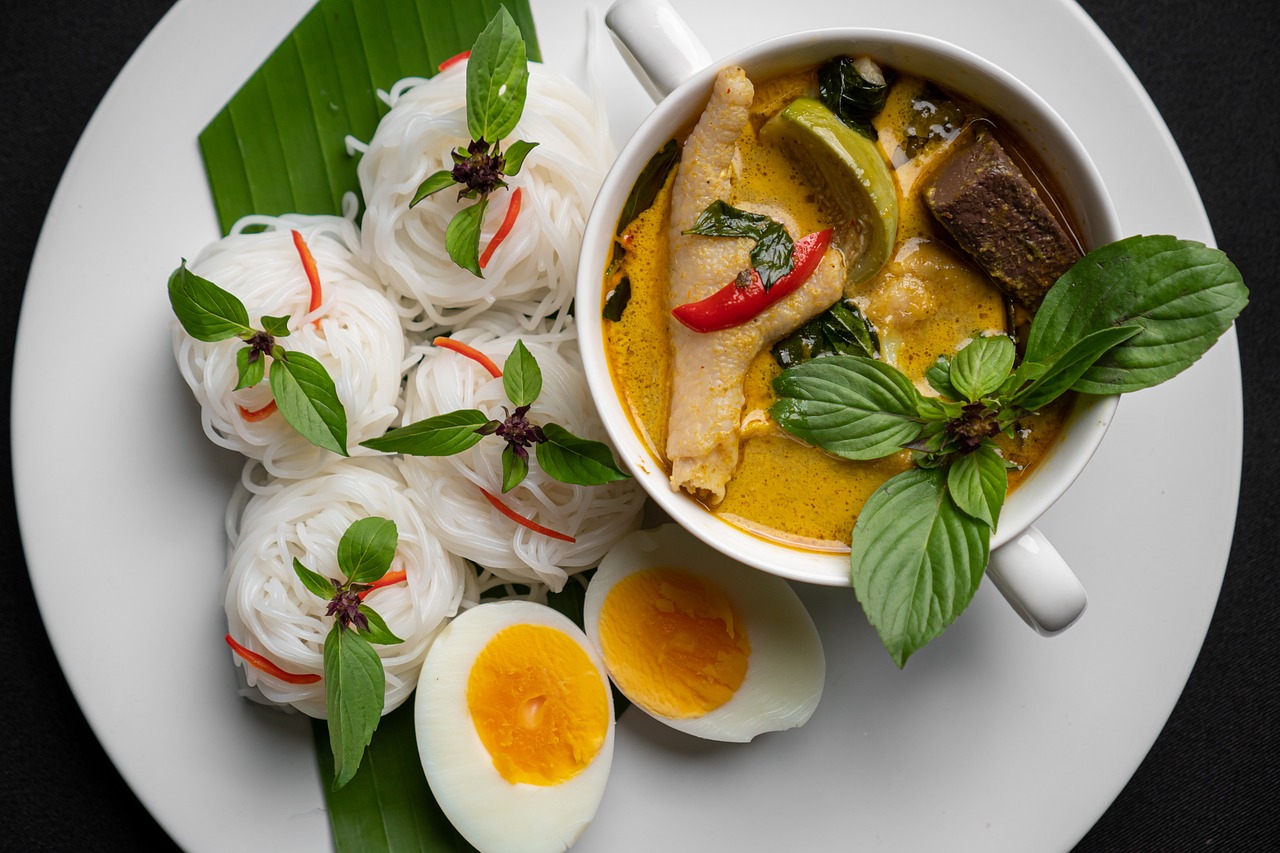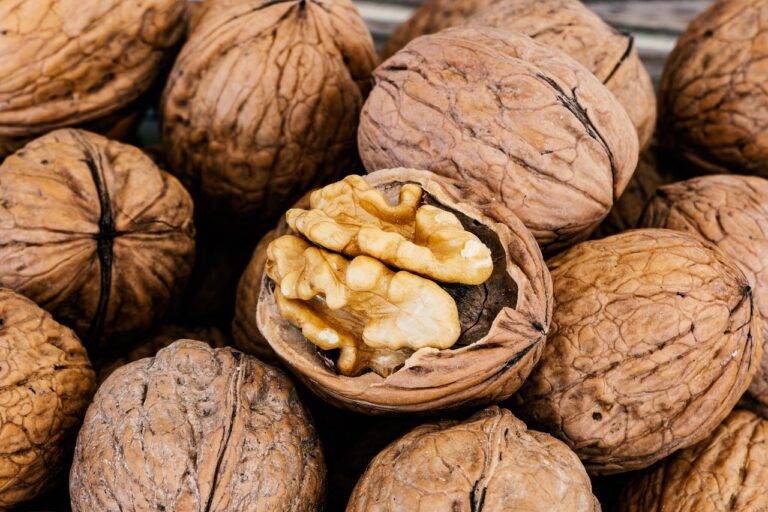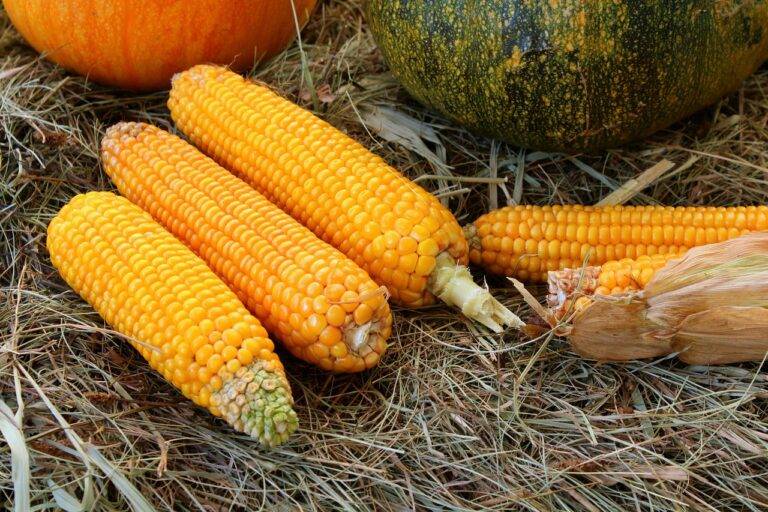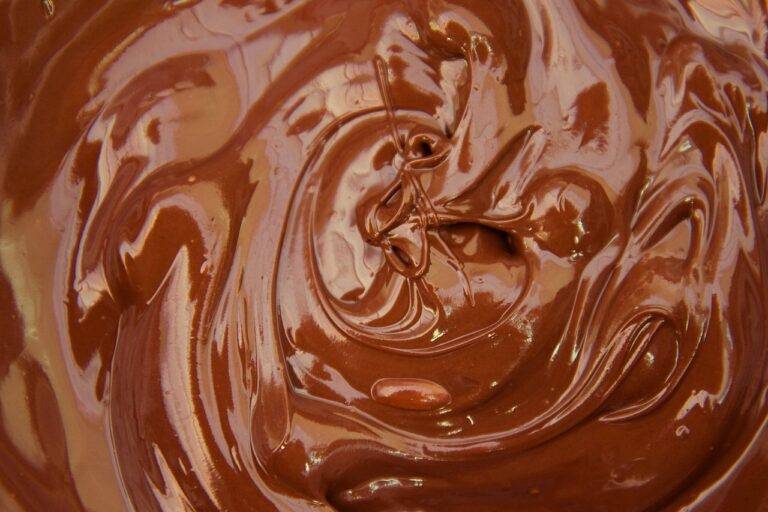The Science of Food Texture: Why We Love Crunchy, Creamy, and Chewy.
The texture of food plays a crucial role in how we perceive and experience different dishes. Whether it’s the crunchiness of a chip or the creaminess of a pudding, texture greatly influences our overall enjoyment of a meal. When food has a pleasing texture, it can enhance the flavors and increase our satisfaction with the eating experience.
Additionally, texture can also impact our perception of a food’s quality and freshness. Foods that have the right texture convey a sense of care and attention to detail in their preparation. On the other hand, unpleasant textures can deter us from wanting to continue eating something, regardless of how flavorful it may be.Texture is an important aspect of food that should not be overlooked when considering the overall dining experience.
The Impact of Texture on Flavor
When it comes to enjoying food, the texture plays a crucial role in shaping our overall flavor experience. The way a food item feels in our mouth can significantly influence how we perceive its taste. For example, the crunchiness of a potato chip or the creaminess of a scoop of ice cream can enhance the flavors by providing a contrast in texture that adds depth to the sensory experience.
Additionally, the texture of a food can also affect how we interpret its temperature and freshness. Foods that are crispy or crunchy are often associated with being fresh and hot, while those that are smooth and creamy may evoke feelings of richness and indulgence. By paying attention to the texture of what we eat, we can truly appreciate the complexity of flavors that each dish has to offer.
How does texture influence our perception of food?
Texture plays a crucial role in how we experience food, as it can affect our overall enjoyment of a dish and how we perceive its flavor.
Can texture alter the way we taste food?
Yes, the texture of food can impact our perception of flavor, as different textures can enhance or detract from the taste of a particular dish.
Why is it important for chefs and food scientists to consider texture when creating dishes?
Considering texture when creating dishes is important because it can greatly enhance the overall eating experience for consumers and can influence how a dish is perceived in terms of flavor.
How can texture be manipulated to enhance the flavor of a dish?
Texture can be manipulated through various cooking techniques and ingredient choices to enhance the flavor of a dish, such as adding crunchiness to contrast with a soft component or incorporating a creamy element to balance out a dish’s flavors.





